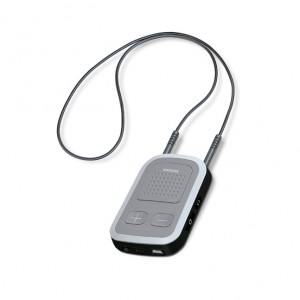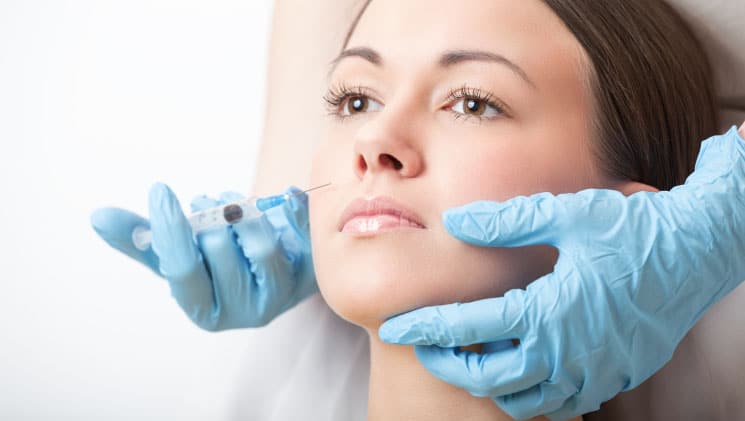Hearing aids are invaluable in helping hearing-impaired individuals reconnect with the world. But their abilities are limited in certain situations, especially when background noise is present and disruptive. Assistive listening devices can help overcome these obstacles and improve the ability to hear in challenging listening environments.
 Assistive listening devices, or ALDs, are essentially personal amplifiers. They consist of several components: a microphone, transmitter, receiver and listening attachment. The microphone is positioned near the speaker, and speech is sent from the transmitter to the receiver. From there, it is delivered directly to the user’s ear or, alternatively, to a hearing aid or cochlear implant. Where a hearing aid usually has a built-in microphone and works by amplifying sound, it is unable to differentiate between speech and background noise. An ALD separates the two, only boosting the volume on the speaker. Because ALDs incorporate wireless technology, they are compatible for use with many personal electronic devices that use Bluetooth, such as mobile phones, computers, MP3 players and televisions.
Assistive listening devices, or ALDs, are essentially personal amplifiers. They consist of several components: a microphone, transmitter, receiver and listening attachment. The microphone is positioned near the speaker, and speech is sent from the transmitter to the receiver. From there, it is delivered directly to the user’s ear or, alternatively, to a hearing aid or cochlear implant. Where a hearing aid usually has a built-in microphone and works by amplifying sound, it is unable to differentiate between speech and background noise. An ALD separates the two, only boosting the volume on the speaker. Because ALDs incorporate wireless technology, they are compatible for use with many personal electronic devices that use Bluetooth, such as mobile phones, computers, MP3 players and televisions.
Assistive listening devices are helpful in the following situations:
- When the speaker is far away. Sound fades over distance; the farther away the speaker is, the tougher it is to hear and understand what is being said.
- When the acoustics are less than ideal. Large, open rooms are associated with poor acoustics. Sound waves tend to bounce off hard surfaces, causing reverberation and distortion and hampering the ability to hear.
- When the background is noisy. Noisy backgrounds are distracting. Speech, heating and air-conditioning systems, televisions, traffic and other noises can all interfere with your hearing.
Typical listening environments where the hearing impaired may find ALDs useful include classrooms, business meetings, worship services, restaurants, movie theaters and other public places.
If you wear hearing aids in Portland, or just need a hearing boost in certain situations, consider an assistive listening device to help bridge the gap and improve your communication skills.


